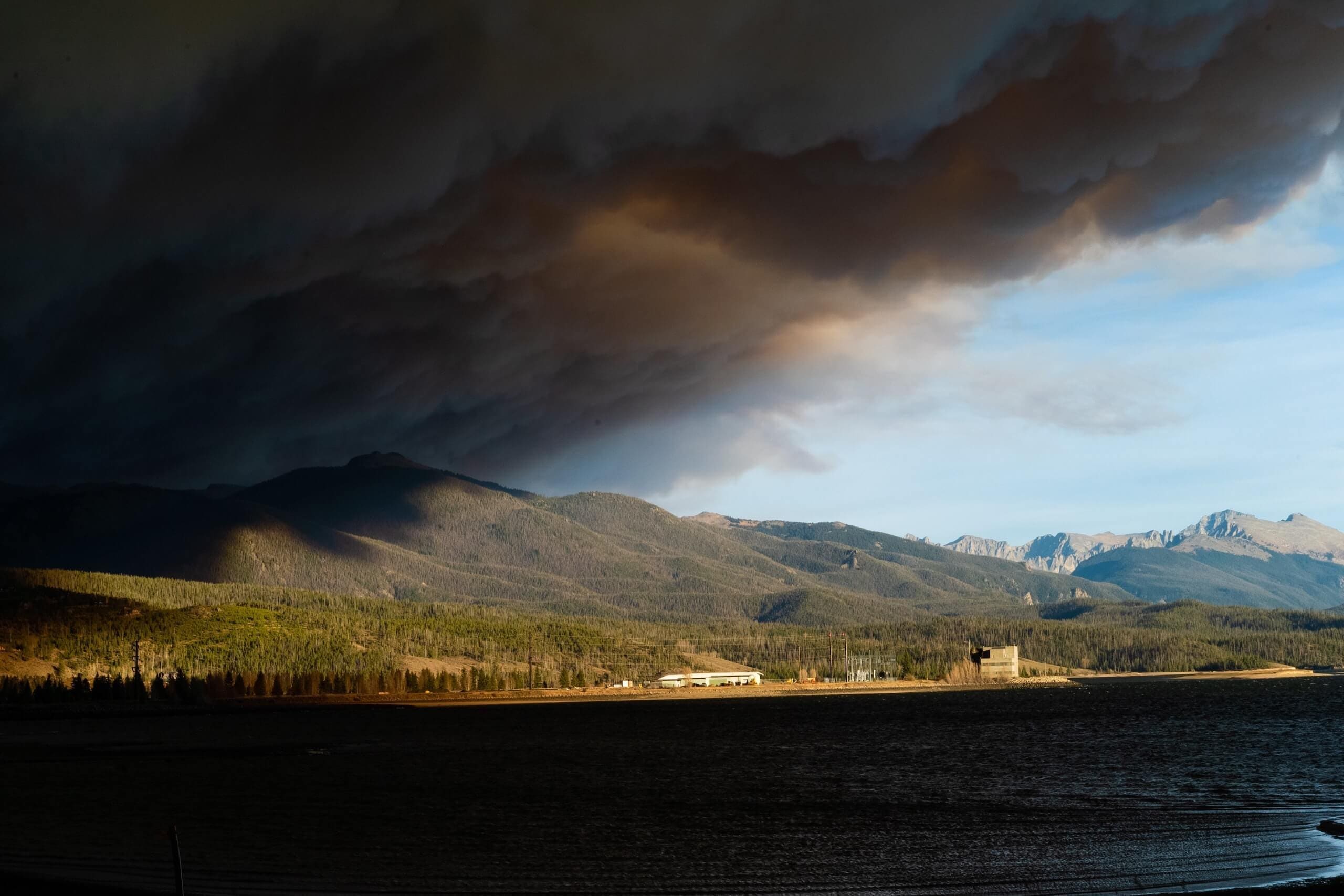In 2020, at least 1 in 7 Americans were exposed to dangerous air quality as a result of wildfire smoke, according to an analysis by NPR. Furthermore, in 2021, tens of millions of Americans were exposed to dangerous air quality as a result of wildfires in the Pacific Northwest. The wildfire smoke was so impactful that it triggered air quality alerts on the other side of the country.
Wildfires are not slowing down. In fact, their frequency is speeding up. As a homeowner, you need to know everything there is to know about wildfire smoke. Your life, the lives of your family and your home depend on it.
Can Wildfires Affect Indoor Air Quality?
Wildfires produce smoke that contains a number of air pollutants such as carbon monoxide and polycyclic aromatic hydrocarbons. The worst air pollutant health-wise found in wildfire smoke is particulate matter. However, all of these air pollutants significantly reduce indoor air quality and can cause a variety of health effects.
 Air Filter for Wildfires: One of the common wildfire season questions that homeowners have: can air filters really prevent wildfire smoke exposure indoors? The answer is yes! Learn more →
Air Filter for Wildfires: One of the common wildfire season questions that homeowners have: can air filters really prevent wildfire smoke exposure indoors? The answer is yes! Learn more →If wildfire smoke is outdoors, how does it affect indoor air quality? It can enter your home through cracks, holes and other small openings. This is called infiltration. If you have a mechanical ventilation system or exhaust fans, it can enter your home through these devices. And, when windows and doors are open, smoke will come rushing in.
According to the University of California, Berkeley, closing windows and doors as well as using air filters reduces particulate matter concentrations (the most dangerous air pollutant) by half. This is excellent news for those who must shelter in place during a wildfire.

What Are the Health Effects of Wildfire Smoke?
Exposure to wildfire smoke has a number of health effects. And some groups are more vulnerable than others.
Some of the most common health effects include but are not limited to:
- Coughing and Wheezing
- Difficulty Breathing
- Bronchitis
- Exacerbated Allergy and Asthma Symptoms
- Heart Attack and Stroke
If you are a member of one or more of the following groups, it is especially important for you to pay attention to the Air Quality Index during a wildfire event:
- People with Diabetes
- People with Heart or Lung Disease
- Pregnant Women
- Children and Teenagers
- Elderly People
Can Wildfire Smoke Damage Your House?
Absolutely! Wildfire smoke causes discoloration in carpeting, walls, furniture, roofs and other parts of the home. And, after a while it causes these materials to deteriorate. Not to mention the awful smell that emanates from household items consumed by smoke.
Fortunately, there are several steps you can take to protect your home from smoke damage.
- Keep windows and doors closed during a wildfire event.
- Weatherstrip windows and doors to prevent infiltration.
- Do not use mechanical ventilation during a wildfire event.
- Invest in a MERV 13 air filter or an air filter with a higher MERV rating.
- Invest in a whole-home active air purifier.
How Long Does It Take for Wildfire Smoke to Clear?
Wildfire smoke can take days, weeks or months to clear. It all depends on how long the wildfire burns. Sure, some wildfires burn for extended periods of time, but why does it take wildfire smoke so long to clear? It can’t solely depend on how long the wildfire burns, can it?
One reason it takes so long to clear is that it triggers pyrocumulonibus events. What is a pyrocumulonibus event? It’s a fire-induced thunderstorm, or simply a firestorm! Smoke and heat rise to create pyrocumulonibus clouds in the stratosphere. These clouds are moved by wind and jet streams. This allows smoke to stay in the air longer and travel farther.
In 2019, wildfire smoke from Alberta, Canada traveled to Europe. And, smoke from the 2019-2020 Australian wildfires traveled to New Zealand and South America.
Protect Yourself and Your Home
Most, if not all homeowners understand the risks associated with wildfires. But fewer homeowners are aware of the risks associated with wildfire smoke and how long it travels and lingers. Protect your family and protect your home from the disastrous results of wildfire smoke exposure with IAQ control strategies.




